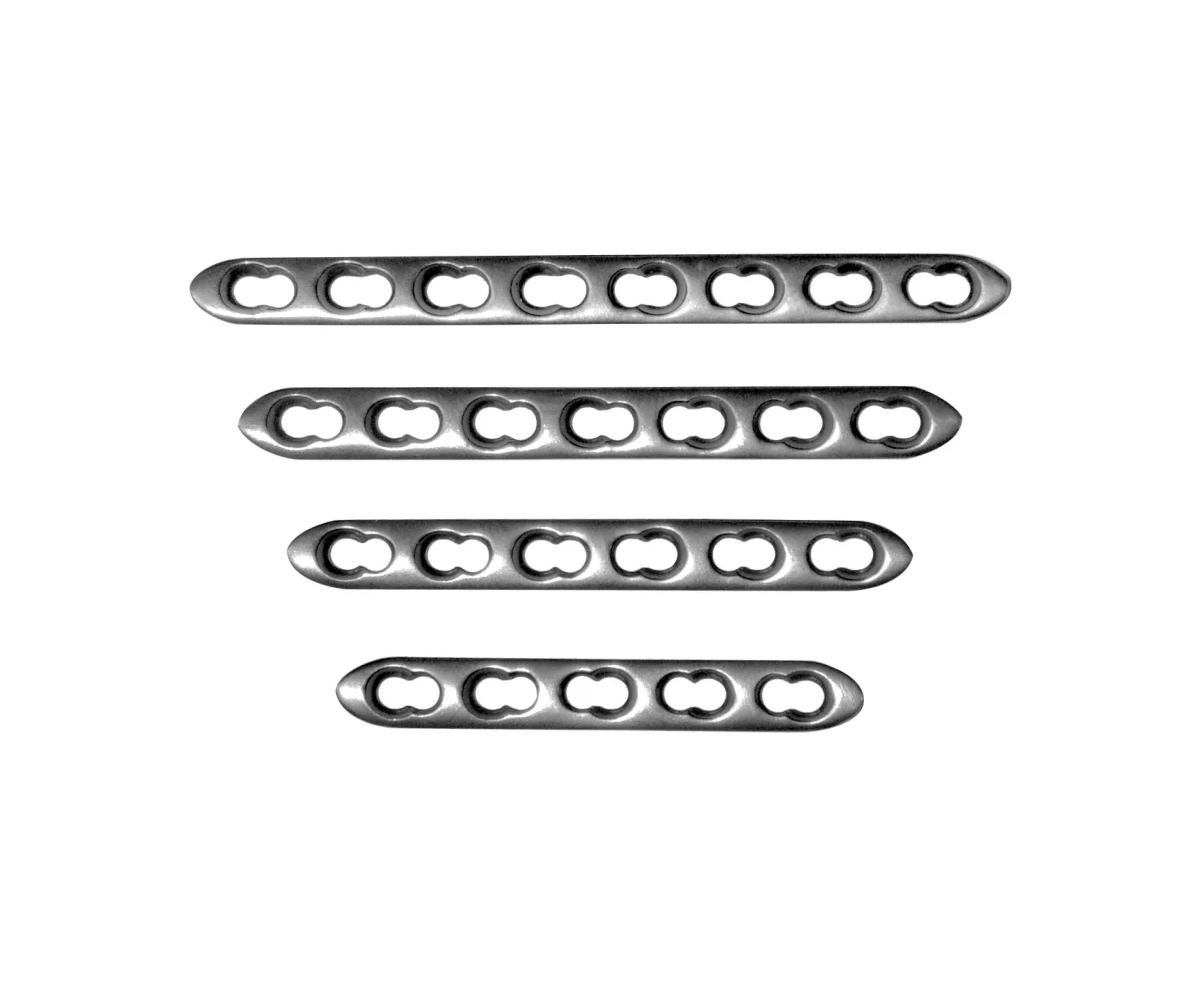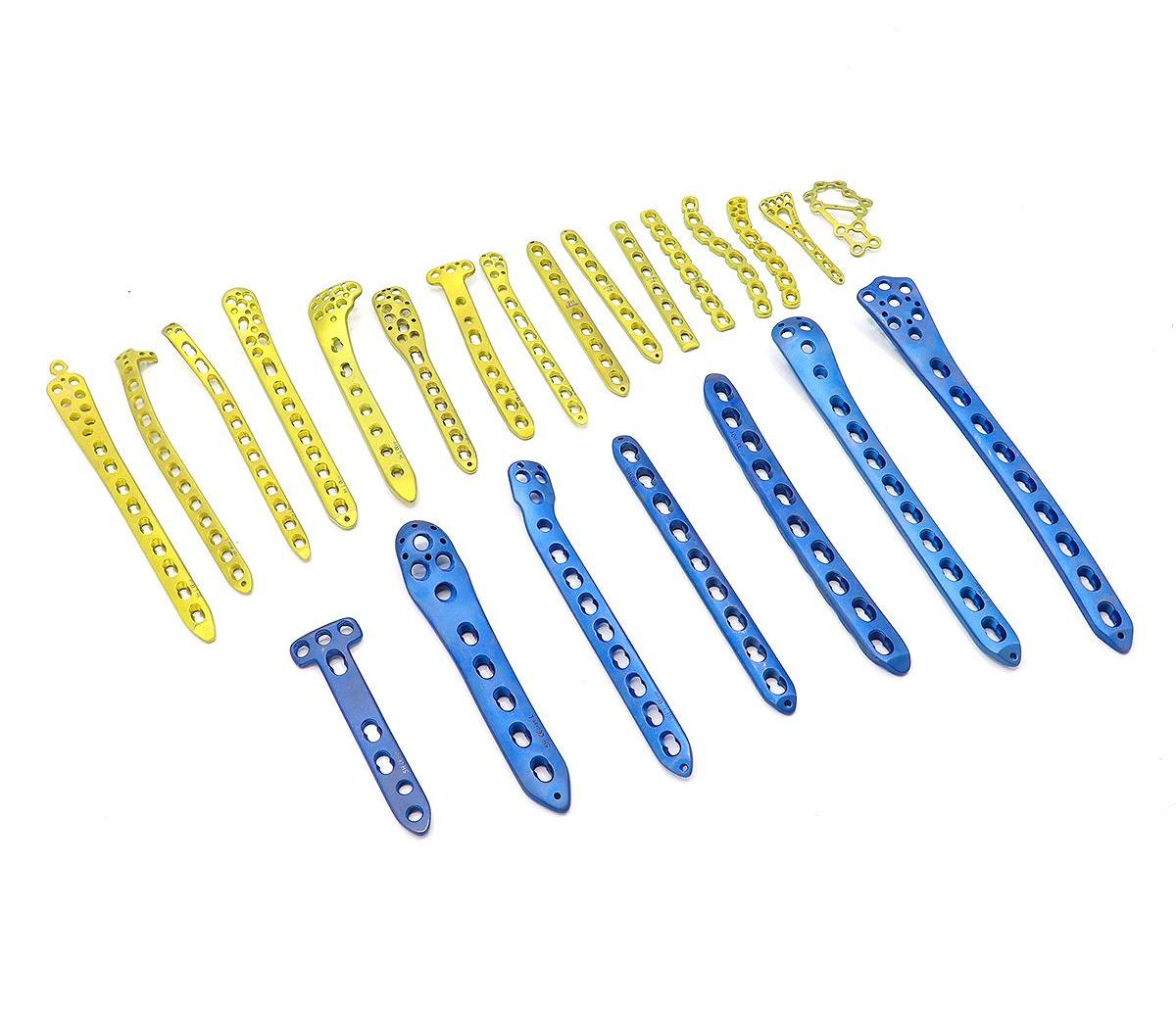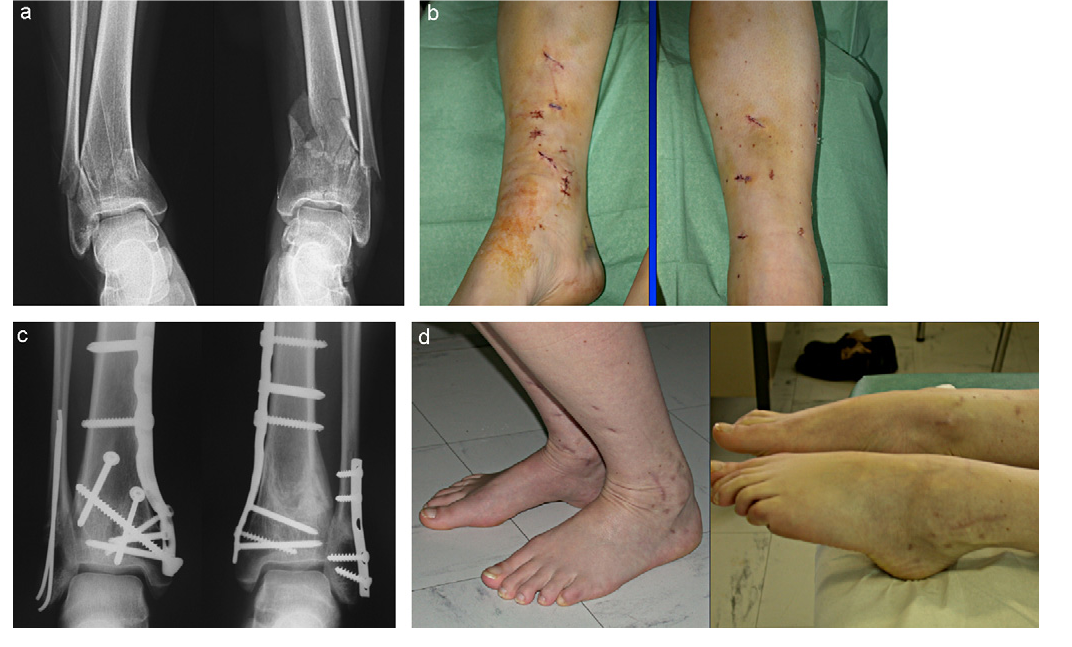In the field of orthopedic surgery, the development and evolution of various surgical techniques and devices have greatly contributed to improving patient outcomes.
One such advancement is the locking plate, a specialized orthopedic implant used for the fixation of fractures and bone deformities.
The change from the conventional nail to the locking nail was a revolution. This is an evolving implant but one that remains within the same conceptual framework, extending its indications. However, the move from a conventional plate to the locking plate is not truly an evolving implant, but rather a change in concept.
This article aims to delve into the history of locking plates, tracing their origins, development, and the impact they have made in the field of orthopedics.
Introduction
In the realm of orthopedic surgery, the treatment of fractures has always been a significant challenge. Surgeons strive to achieve stable fixation of fractured bones, allowing for optimal healing and restoration of function. Over the years, various devices and techniques have been developed to address this challenge, and locking plates stand out as a remarkable innovation in this regard.
Early Orthopedic Implants
Before the advent of modern locking plates, orthopedic surge
ons relied on conventional implants, such as compression plates and dynamic compression plates (DCPs). While these implants offered stability to some extent, they were unable to provide absolute stability in highly comminuted or osteoporotic fractures. This limitation prompted the need for a more reliable and versatile solution.

The Birth of Locking Plates
The concept of locking plates emerged in the late 20th century as a response to the shortcomings of traditional implants. Developed by renowned orthopedic surgeons, locking plates introduced a revolutionary design featuring fixed-angle screws that engaged with the plate, creating a rigid construct capable of providing absolute stability. This innovative approach significantly improved the outcomes of fracture fixation procedures.

Advantages and Applications of Locking Plates
Locking plates offer several advantages over their predecessors. The fixed-angle screws create a "locked" construct that prevents screw loosening, thus reducing the risk of implant failure. Additionally, locking plates can be used in a wide range of fractures, including those involving osteoporotic bone, as they rely less on bone quality for stability. They also allow for precise angular stability and provide an excellent foundation for bone healing.
Evolution and Technological Advancements
As the use of locking plates gained popularity, ongoing research and technological advancements led to the development of various plate designs and screw configurations. Improved biomechanical properties, such as increased strength and reduced implant profile, were achieved through innovative engineering. Furthermore, the introduction of locking plates made from bioresorbable materials opened new avenues for patient recovery and reduced the need for implant removal surgeries.
Contemporary Usage and Success Stories
Locking plates have become a standard tool in orthopedic surgery, finding applications in the treatment of fractures, non-unions, malunions, and osteotomies. Surgeons worldwide have reported positive outcomes and success stories using locking plates. These devices have revolutionized the field, enabling more accurate and stable fracture fixation, faster healing times, and improved patient satisfaction.

The Future of Locking Plates
As technology continues to advance, the future of locking plates looks promising. Ongoing research focuses on enhancing the biocompatibility of materials, further reducing implant profiles, and exploring new ways to optimize osseointegration.
Additionally, advancements in 3D printing and customization are expected to play a significant role in the development of locking plates, allowing for patient-specific implants tailored to individual anatomies.
Conclusion
The history of locking plates is a testament to the constant pursuit of improving orthopedic surgical techniques and patient outcomes. From the early days of conventional implants to the revolutionary introduction of locking plates, orthopedic surgeons have been able to achieve greater stability and better fracture fixation. Locking plates have become a cornerstone in fracture management, providing surgeons with reliable and versatile tools to enhance patient care.
FAQs
Q1: Are locking plates only used for fractures?
Locking plates are primarily used for fracture fixation, but they also find applications in non-unions, malunions, and osteotomies.
Q2: Do locking plates require removal after bone healing?
In many cases, locking plates do not require removal after bone healing, as they provide a stable construct that can remain in place indefinitely.
Q3: Are locking plates suitable for osteoporotic bone?
Yes, locking plates are well-suited for osteoporotic bone, as they rely less on bone quality for stability due to their fixed-angle screw design.
Q4: Can locking plates be customized for individual patients?
With advancements in technology, locking plates can be customized using 3D printing and patient-specific designs, allowing for a more tailored approach to fracture fixation.
Q5: Are there any risks associated with locking plates?
While locking plates have proven to be highly effective, like any surgical intervention, there are potential risks involved, such as infection, implant failure, or soft tissue irritation. It is essential to consult with a qualified orthopedic surgeon for a comprehensive evaluation and discussion of potential risks.
How to Buy Orthopaedic Implants and Orthopaedic Instruments?
For CZMEDITECH, we have a very complete product line of orthopedic surgery implants and corresponding instruments, the products including spine implants, intramedullary nails, trauma plate, locking plate, cranial-maxillofacial, prosthesis, power tools, external fixators, arthroscopy, veterinary care and their supporting instrument sets.
In addition, we are committed to continuously developing new products and expanding product lines, so as to meet the surgical needs of more doctors and patients, and also make our company more competitive in the whole global orthopedic implants and instruments industry.
We export worldwide, so you can contact us at email address song@orthopedic-china.com for a free quote, or send a message on WhatsApp for a quick response +86-18112515727.
If want to know more information,click CZMEDITECH to find more details.
English
Français
Русский
Español
العربية
Português
Deutsch
italiano
日本語
한국어
Nederlands
Tiếng Việt
ไทย
Polski
Türkçe
አማርኛ
ພາສາລາວ
ភាសាខ្មែរ
Bahasa Melayu
ဗမာစာ
தமிழ்
Filipino
Bahasa Indonesia
magyar
Română
Čeština
Монгол
қазақ
Српски
हिन्दी
فارسی
Kiswahili
Slovenčina
Slovenščina
Norsk
Svenska
українська
Ελληνικά
Suomi
Հայերեն
עברית
Latine
Dansk
اردو
Shqip
বাংলা
Hrvatski
Afrikaans
Gaeilge
Eesti keel
Māori
नेपाली
Oʻzbekcha
latviešu
অসমীয়া
Aymara
Azərbaycan dili
Bamanankan
Euskara
Беларуская мова
भोजपुरी
Bosanski
Български
Català
Cebuano
Corsu
ދިވެހި
डोग्रिड ने दी
Esperanto
Eʋegbe
Frysk
Galego
ქართული
guarani
ગુજરાતી
Kreyòl ayisyen
Hausa
ʻŌlelo Hawaiʻi
Hmoob
íslenska
Igbo
Ilocano
Basa Jawa
ಕನ್ನಡ
Kinyarwanda
गोंगेन हें नांव
Krio we dɛn kɔl Krio
Kurdî
Kurdî
Кыргызча
Lingala
Lietuvių
Oluganda
Lëtzebuergesch
Македонски
मैथिली
Malagasy
മലയാളം
Malti
मराठी
ꯃꯦꯇꯥꯏ (ꯃꯅꯤꯄꯨꯔꯤ) ꯴.
Mizo tawng
Chichewa
ଓଡ଼ିଆ
Afaan Oromoo
پښتو
ਪੰਜਾਬੀ
Runasimi
Gagana Samoa
संस्कृत
Gaelo Albannach
Sepeti
Sesotho
chiShona
سنڌي
Soomaali
Basa Sunda
Wikang Tagalog
Тоҷикӣ
Татарча
తెలుగు
ትግንያውያን
Xitsonga
Türkmençe
संस्कृत
ئۇيغۇرچە
Cymraeg
isiXhosa
ייִדיש
Yorùbá
isiZulu













